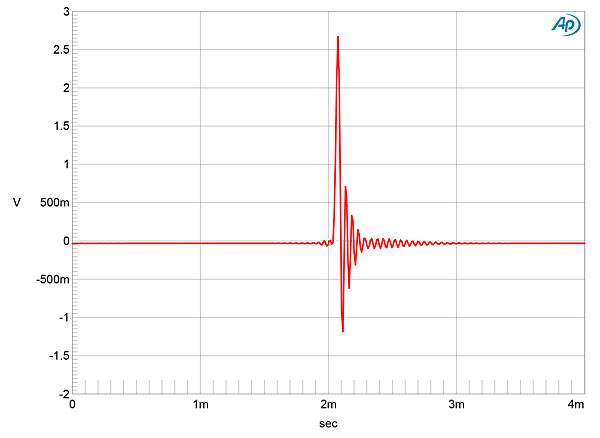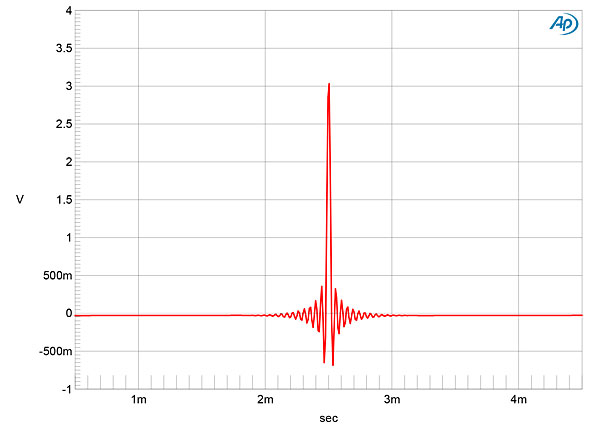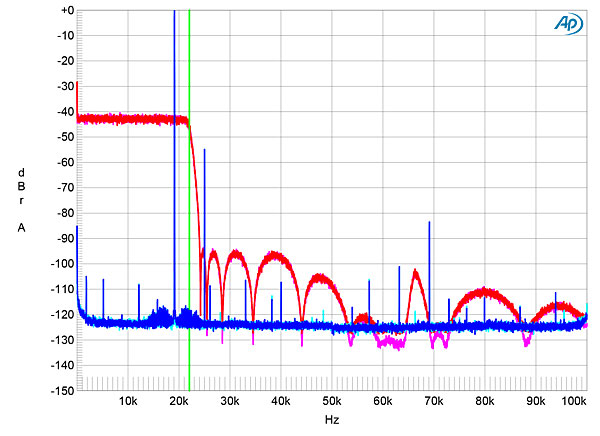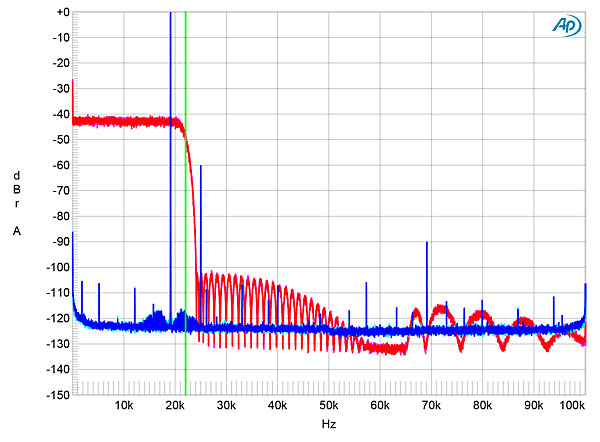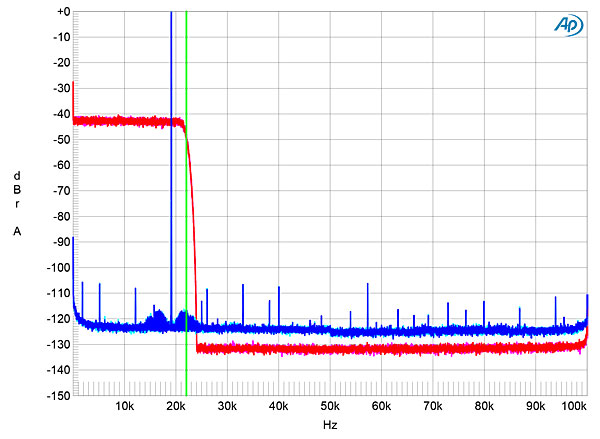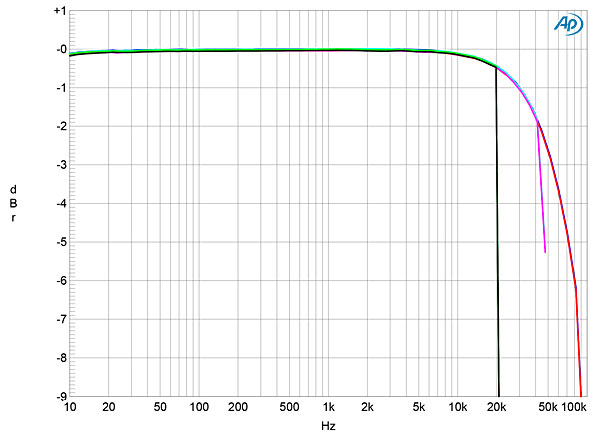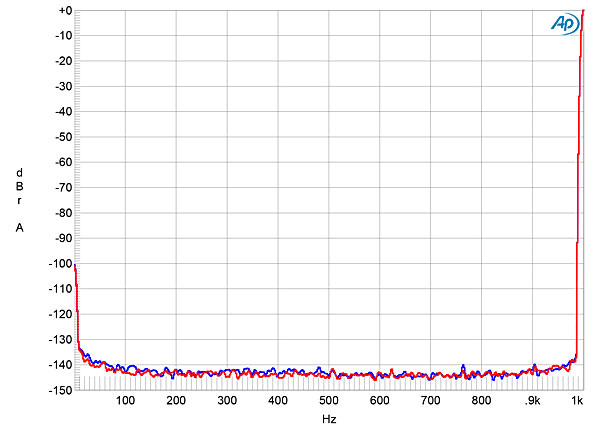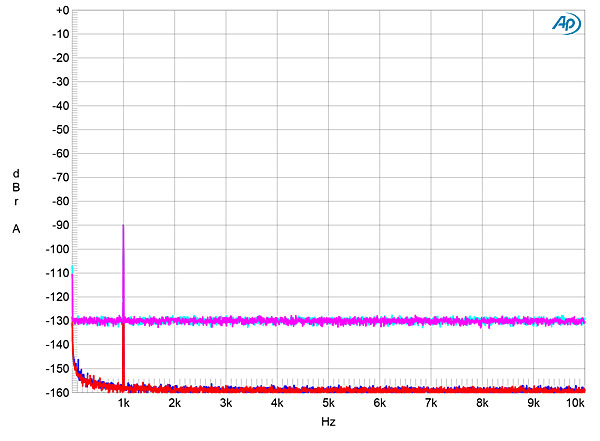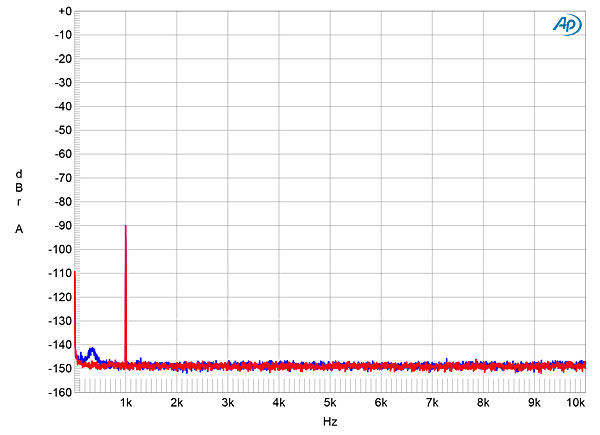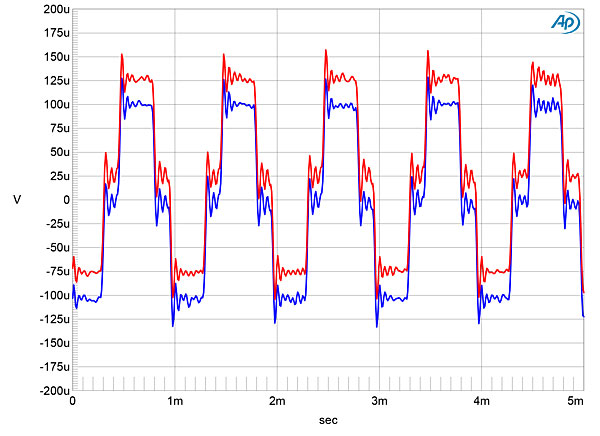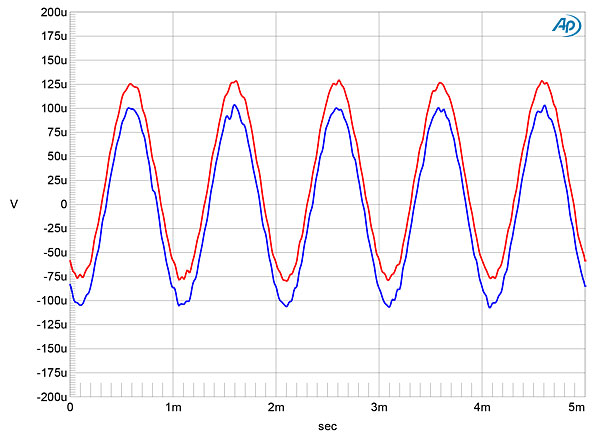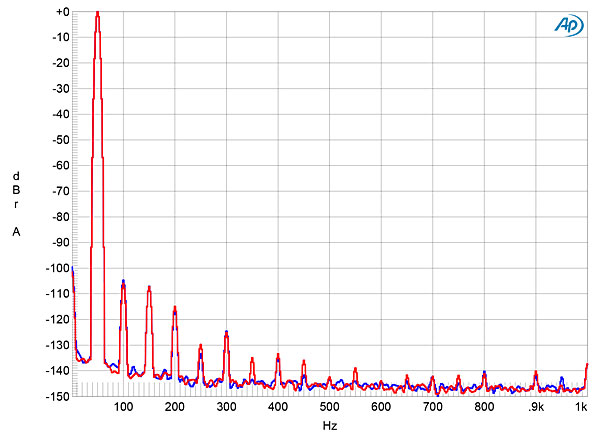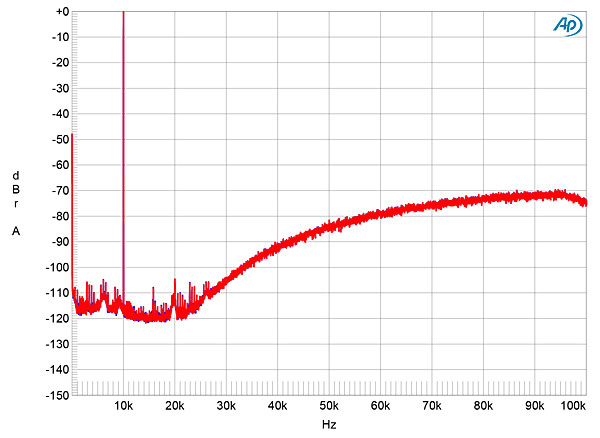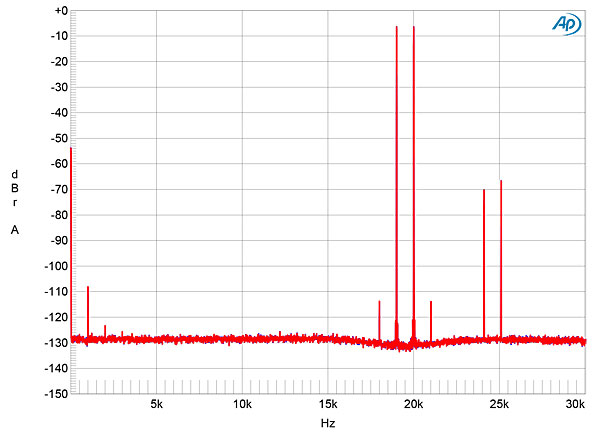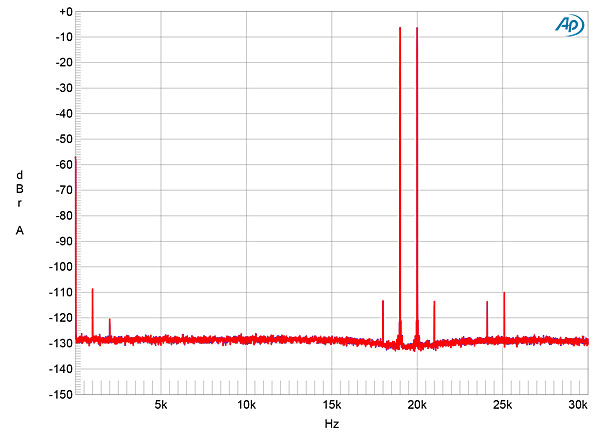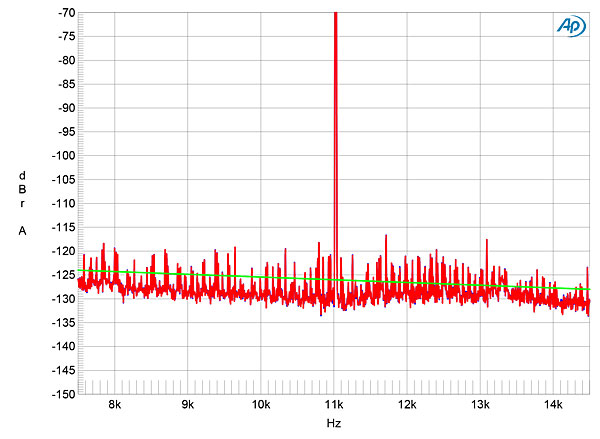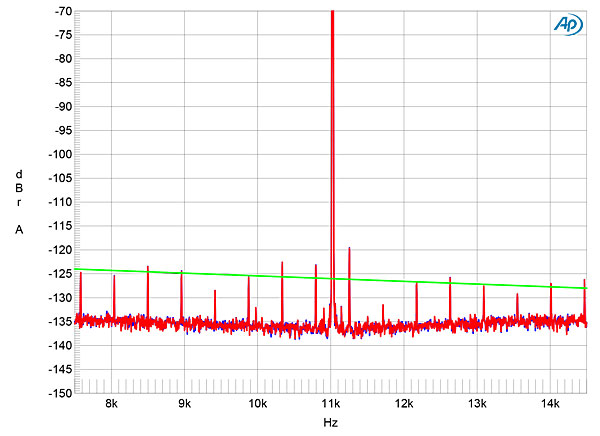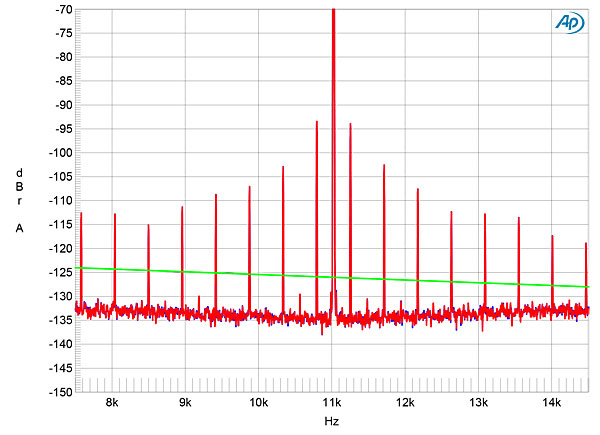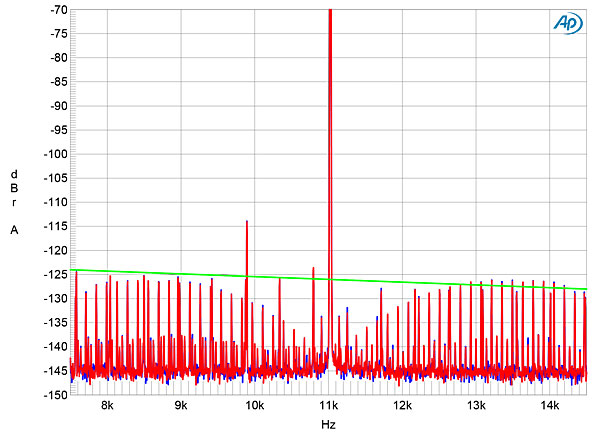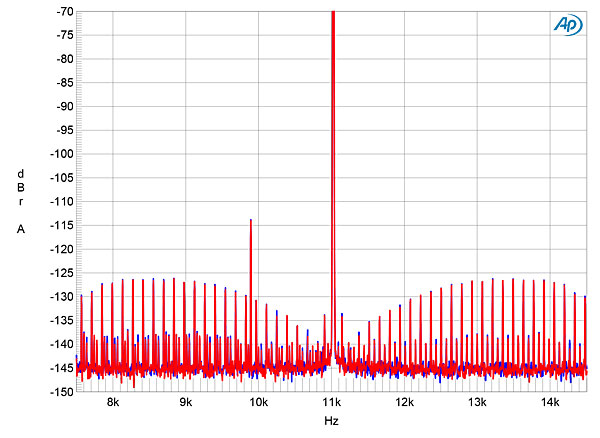| Columns Retired Columns & Blogs |
Quote:By Art Dudley
"I decided to compare the Lux's SACD- and CD-layer performances—and in so doing heard distinctions both subtle and obvious. In the latter category was the SACD layer's notably superior clarity as compared to the CD layer: the Luxman unearthed from the SACD layer a wealth of musical and sonic details, and presented them with clear, "dark" space between the notes; by comparison, the CD layer sounded congested and unclear through the Lux.
The Luxman D-06u delivered, overall, the best sound and most reliably high level of involvement I've enjoyed in my home from SACDs. And if it wasn't the most accomplished player of my experience of "Red Book" CDs"
Quote: Mojo Music, and many more believe the same.
"When a PCM file is played on a DSD or Bit Stream converter, the DAC chip has to convert the PCM to DSD in real time. This is one of the major reasons people claim DSD sounds better than PCM, when in fact, it is just that the chip in most modern single-bit DACs do a poor job of decoding PCM."
Cheers George
